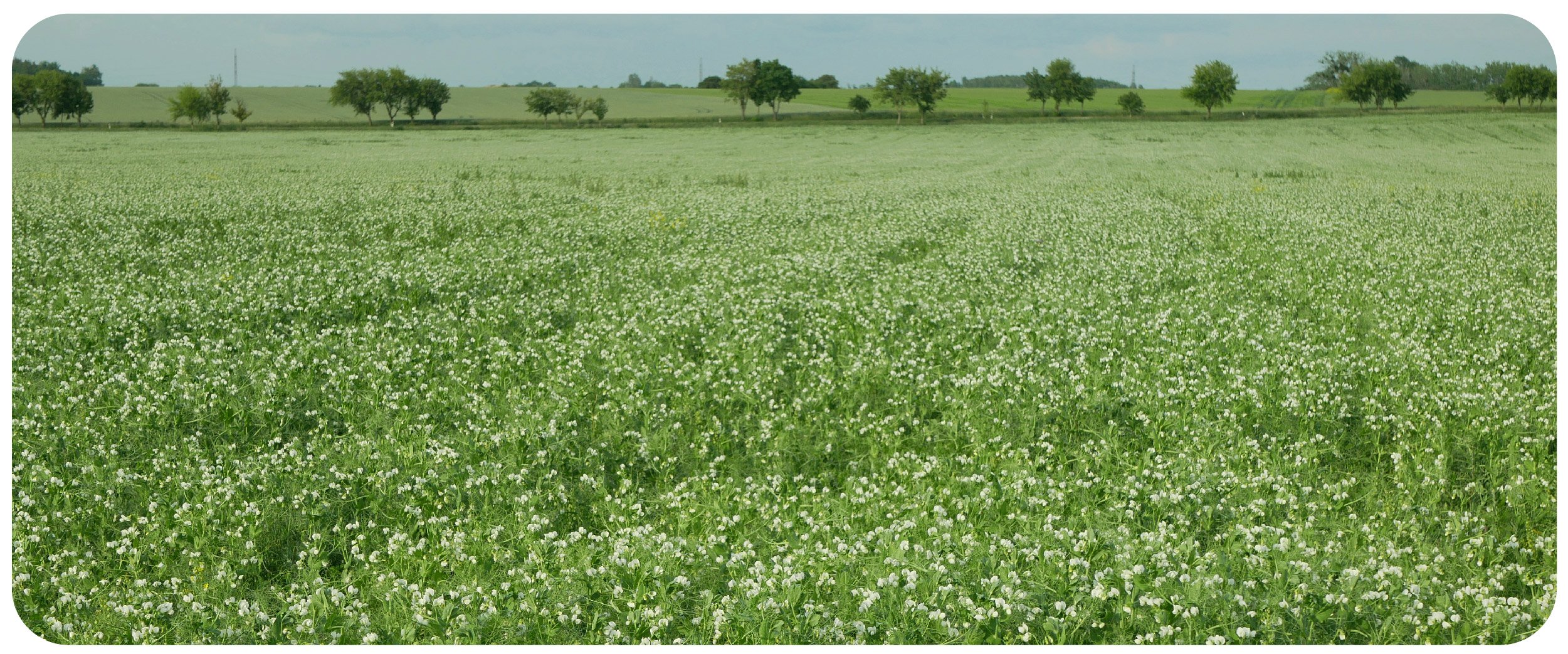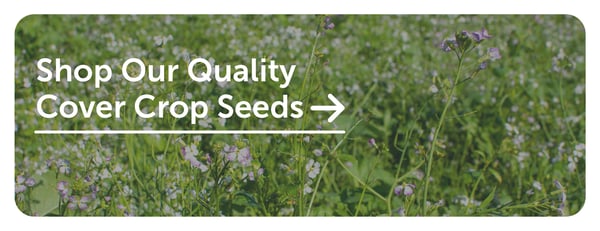It starts with choosing the right cover crops
Are you considering seeding late this summer or in the early fall? In between harvesting crops, cover crops like legumes, grasses, and brassicas are a great way to protect and prepare your soil for the upcoming growing season.
To get the most out of your cover crops, you will want to start with a quality seed or seed blend. What’s equally important, however, is determining which plant type is best for your region, elevation, and unique needs of your land. Here are a few things to consider to help you find the right cover crop for your land.
What results do you want to see?
Depending on your goals and needs, you’ll find that different cover crops are best suited for different needs. Some covers are great for protecting against soil erosion, while others are great for breaking up compacted soil or restoring nutrients to stripped land.
What is your next cash crop?
Do you know which type of plant you’ll grow in the next growing season? Strategizing how you use cover crops in between your main crops can improve nutrient cycling, soil quality, and water storage to potentially increase cash crop yields.
When are you planting?
If you’re planning a cover crop to protect your soil over winter, make sure you’re giving it enough time to establish before the harsh winter conditions roll in. If you’re worried about not having enough time, consider early maturing crops that may establish faster.
What’s actually working?
When planting your seed, leave a bare testing strip with no seed so that you can check and see what the cover crops are actually doing for your soil. This way you’ll be able to see a side-by-side comparison of the covered soil vs. the bare soil to learn what does or does not work for future seasons.
How will you remove cover crops?
In most cases, cover crops grown in the fall or winter will be removed in the spring to prepare for the growing season. The plant you choose will determine if you need to cut down, till, burn or terminate through another method. Leftover plants will either be left on the surface or incorporated into the soil.
Find a knowledgeable resource
Our team is always ready to help bring clarity on your options when it comes to planting and ma
naging your cover crop. We have decades of experience in the seed industry and deep ties in the agricultural world. When you’re ready to get started, we’re ready to help.
You can use our Seed Finder Tool or schedule a consultation with our team to make sure you’re getting the most out of your seeds.



